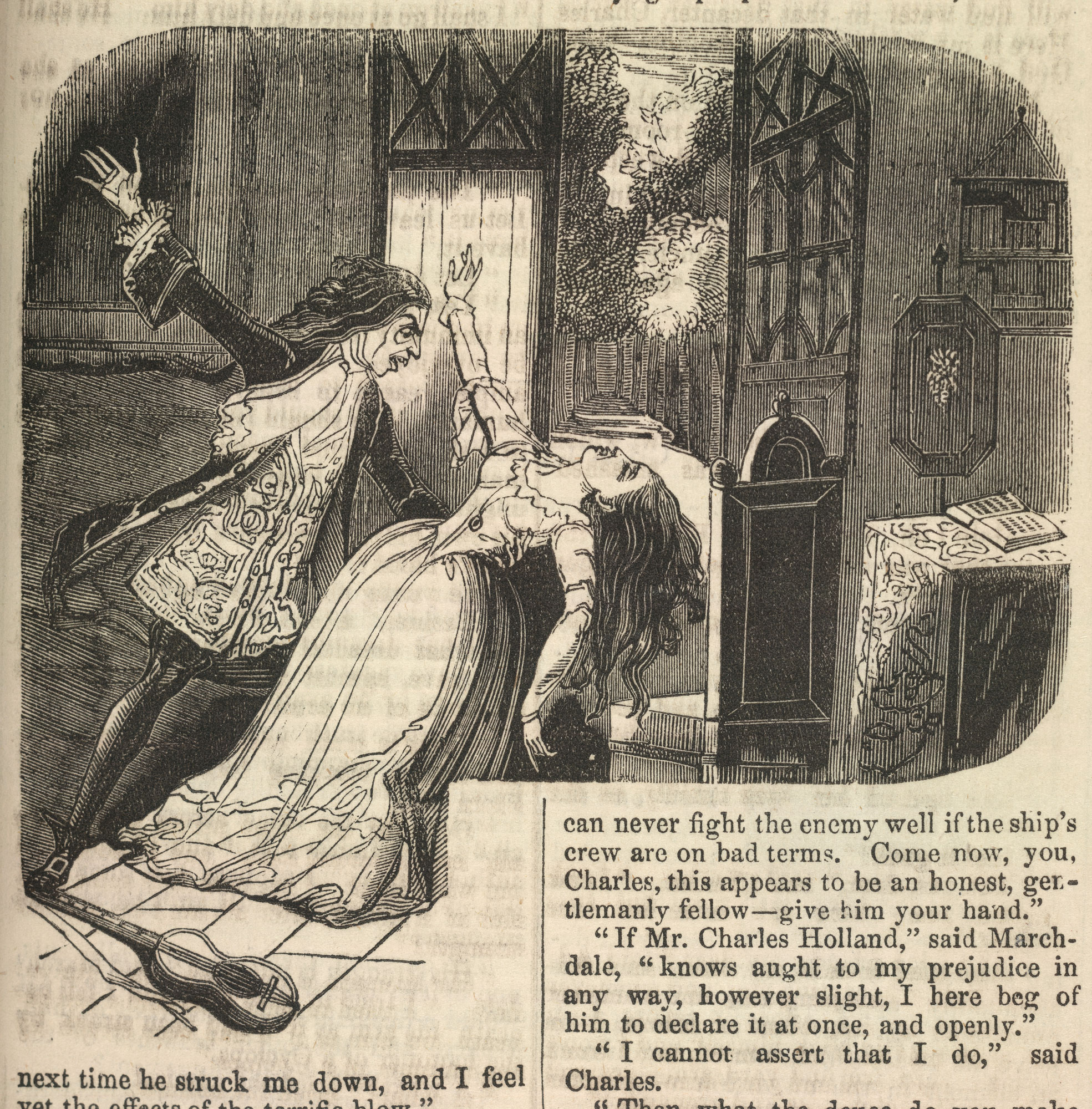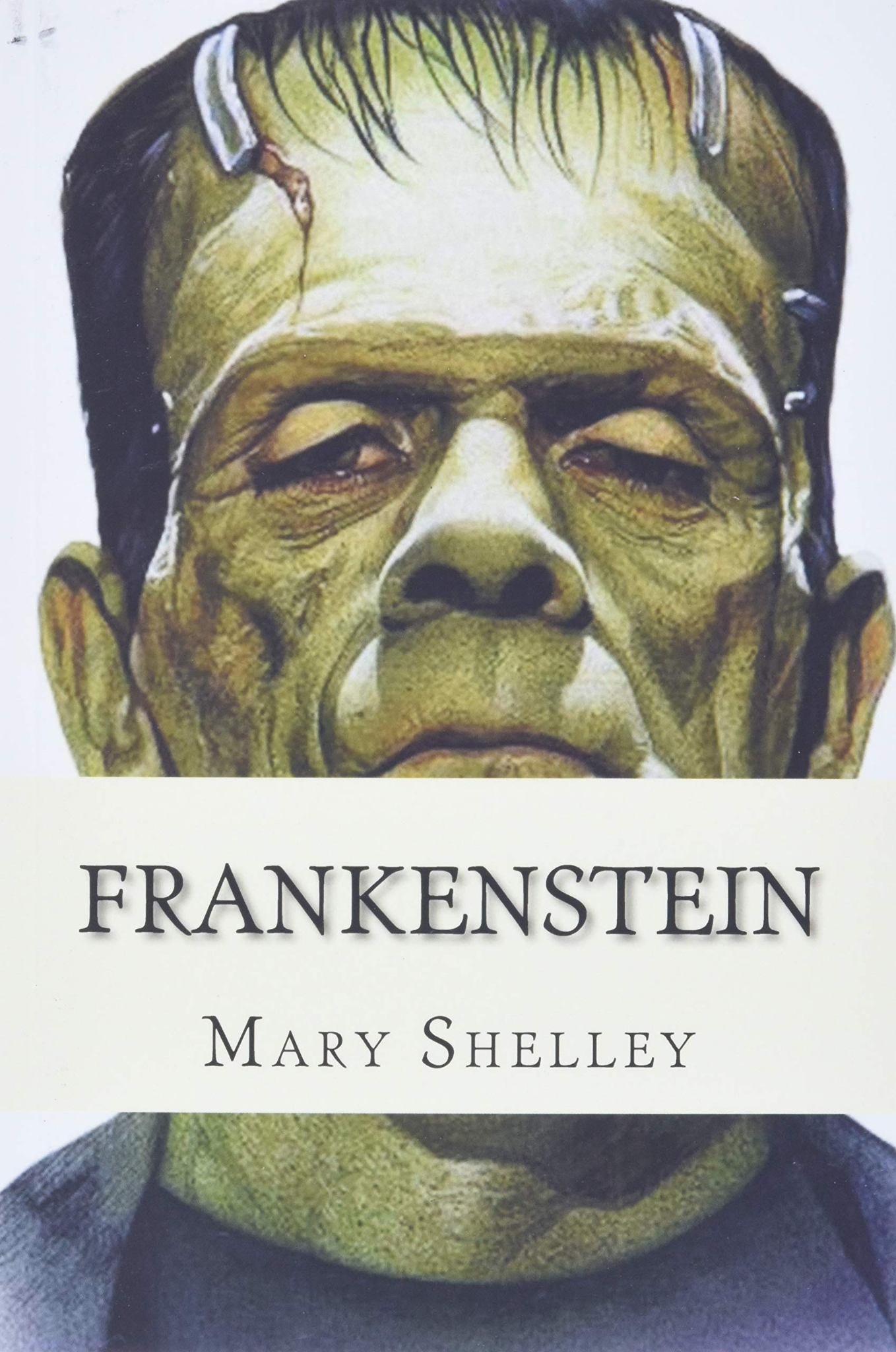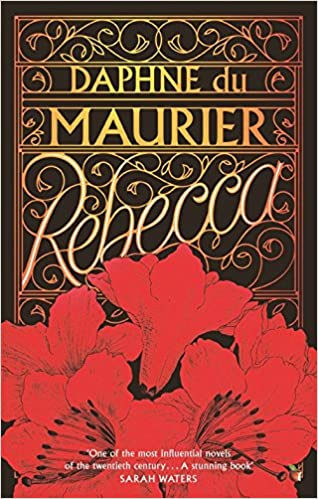How Were Monsters In Literature Born?
Blogs Home
- 01 Dec 2022
.png)
“You see the world in colours, I see in Black and Red.”
— Irum Zahra
How come black being the darkest colour, can be the happiest for a few of us? Well, Gothic Fiction is probably the answer to this question. Characters like Frankenstein and Dracula are worldwide sensations and probably the best Halloween costumes. Everyone is somehow connected to Gothic culture in one way or another. The associated literature with the subject comes back from a long generation of writers who pursued the darkest style of writing to entertain the audience in the murkiest ways possible. The aesthetic of the style comes from the structure of fear and terror.
The writing style is very diverse but always comes from a territory of supernatural events and the intrusion of the past over the present. Dilapidation of the surroundings is a common effect in Gothic fiction and creates the feeling of horror in the material. The history of the literature is very rich and consists of very adroit writers.
Characteristics of Gothic Literature
Goth has always been inspired by the intrusion of fear, horror, and the threat of natural or supernatural elements. The past always plays a big role in Gothic fiction as it creates the element of horror being introduced in the present, usually through physical units such as ruined buildings, old castles, and religious buildings like monasteries and crypts. The plot always contains unusual horrific, and thrilling concepts such as vengeful persecution, imprisonment, and murder. Gothic fiction often moves between “high culture” and “low” or “popular culture”.
History
The first piece of writing to be considered “gothic” comes from the brilliance of Horace Walpole’s 1764 novel ‘The Castle of Otranto’, later subtitled ‘A Gothic Story.’ William Shakespeare played well with goth themes in his plays, like Hamlet, Macbeth, and King Lear, with an adequate amount of the supernatural, revenge, murder, witchcraft, and omens.
Alexander Pope was a huge influence on Horace Walpole, as he was the only notable poet of the 18th century who wrote a poem in the authentic Gothic manner, ‘Eloisa to Abelard’ (1717), a story of two star-crossed lovers, one doomed to a life of seclusion in a convent, and the other in a monastery, abounds in gloomy imagery, the terror of religion and suppressed passion.
Medieval times were the spasm of Gothic literature, especially in Britain, where it became a desire to retrieve the past. Suddenly, this obsession was not just limited to literature. This ended up influencing the architecture in displays such as Fonthill Abbey.
The panorama of decay, death, and morbidity provides the effect of Goth to the art. However, gothic literature was not the beginning of these subjects, The Graveyard Poets and novels such as Daniel Defoe’s ‘A Journal of the Plague Year’ were some of the early works using these subjects as part of their plot.
Researchers also believe that the birth of gothic literature also involves the political upheaval of the time; some link the beginning of the literature to The English Civil War. Fathomless cultural fear and political memory are also believed to be associated with the gothic villains of that era.
Role of Architecture
Gothic literature is usually associated with Gothic Revival architecture of the same era. Gothic ruins supplicate collective emotions by visualising certain decay and collapse of human creations.
The old setting serves a lot of purposes. It inspires feelings of awe, fear, terror, and trauma. The architecture usually serves as a mirror of the characters and events of the story. The buildings reveal the epitome of the characters who lived there and weaved the past for the setting of the present story. The architecture also creates the environment for the story's development and the surroundings to support it.
Eighteenth-century Goth
The eighteenth century marks the birth of the first authentic “Gothic” work- Horace Walpole’s ‘The Castle of Otranto’ (1764). People discouraged the act of a modern writer for that time writing a supernatural story in the coherent era. The genre started getting popular around the 1780s when other writers like Clara Reeve, Sophia Lee, and William Beckford started writing more about the supernatural side with the gothic effect.
Ann Radcliffe became a profound writer, almost the face of gothic literature, whose work was widely appreciated and imitated, such as ‘The Romance of the Forest’ (1791) and ‘The Mysteries of Udolpho’ (1794). Her work was viewed as more of a feminine and softer side of goth, not imbued with violence and cruelty.
Other notable novels of the 1790s included William Godwin’s ‘Caleb Williams’ (1794) and Regina Maria Roche’s ‘Clermont’ (1798), as well as a large volume of anonyms written by Minerva Press. In Continental Europe, the Romantic literary movements led to Gothic genres such as the German Schauerroman and the French Roman Noir. The eighteenth-century gothic novels started to appear in a very distant past. In some parts of European countries, the backdrop became very popular and common, but with no characterisation of date and time, which gave it a lost sense of foundation.
The excesses, stereotypes, and frequent absurdities of the gothic genre made it a rich territory for satire. The 1800s gothic parodies outnumbered the existing gothic novels.
The Nineteenth-century goth
During the Victorian era, goth literature peaked and became one of the dominant and most sought-after genres. Small chapbooks with short horror stories, called Penny Dreadfuls, were popular during the time.
An American writer came into the picture during this time and became one of the prominent writers of Gothic literature - Edgar Allen Poe. He wrote numerous poems and short stories deciphering gothic elements. His story “The Fall of the House of Usher"(1839) revisits the classic gothic elements such as decay, death, and madness. He is still considered the Master of American Gothic.
‘Varney the Vampire’ (1847) was the first small story to introduce the concept of vampires having sharp teeth and became the most popular in England. Another famous concept which gained momentum in gothic literature was the introduction of the Ancestral sins or curses haunting future generations. It was put forward by the renowned writer Elizabeth Gaskell in her stories like ‘The Doom of the Griffiths’ (1858), ‘Lois the Witch’, and ‘The Grey Woman.’
During this century, in 1816, famous women’s rights defender, Mary Wollstonecraft’s daughter, Mary Shelly, conceived another well-known goth creature who later became famous as Frankenstein. The novel ‘Frankenstein’ or ‘The Modern Prometheus’ is categorised as a science-fiction, but the amount of terror incorporated in it makes it an exceptional goth novel.
The genre influenced great writers such as Charles Dickens, who read the work in their teenage years and prompted the melodrama and dark atmosphere in his art, such as Oliver Twist, Bleak House, and Great Expectations.
The Phantom of the Opera (1909-10) by the French writer Gaston Leroux is also a great work in the genre from the early twentieth century.
Russian gothic literature
Nikolay Mikhailovich Karamzin was the first writer of the Gothic genre in Russia, a lot of his work is considered to be adapting the goth elements. Still, the most authentic would be ‘Ostrov Bornglom’ from 1793. Russian ballads such as ‘Vasily Andreyevich Zhukovsky’ (1808) and ‘Svetlana’ (1813) are also considered to be under the umbrella of “gothic”.
The historical fiction writer Alexander Valentinovich Amfiteatrov is considered to be among the many writers who wrote for the gothic genre in the last years of imperial Russia during the early 20th century.
Twentieth-century goth
Modernism and Goth influenced each other in a big way, as can be seen in genres like detective fiction, horror fiction, and science fiction. Oscar Wilde’s ‘The Picture of the Dorian Gray’ (1890) initiated the re-working of older literary forms, also seen in the work of Yeats, Eliot, and Joyce.
American Pulp magazines such as ‘Weird Tales’ reprinted Gothic horror tales from the nineteenth century by authors like Poe, Doyle, and Lytton and also printed new stories by modern authors, both traditional and new horrors. The Romantic strand of Gothic was taken up in Daphne du Maurier’s ‘Rebecca’ (1938), which is seen by some to be influenced by Charlotte Bronte’s ‘Jane Eyre’.
Conclusion
Gothic literature is one of the greatest genres and has been a fulfilling part for readers and writers. Literature has supported and inspired many artists, such as cinema and plays. Greatest cinematic masterpieces like Dracula, Crimson Peak, Victor Frankenstein, and Corpse Bride serve an excellent image of Goth and how diverse it is on the page and how terrific it can be onscreen. The audience has always been excited by the elements Goth brings to the table. Halloween is one of the most innovative and inspired fields by Goth, is still the liveliest example of people celebrating the art using the same elements of horror and fear with their costumes and design. Goth is not finite to a particular flock, but people from any age and group cherish the style in their way.
Chirag Joon
Blogs Home








